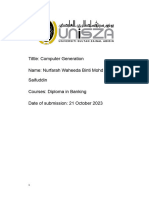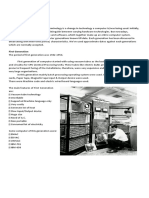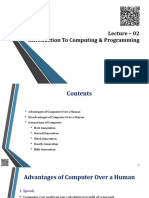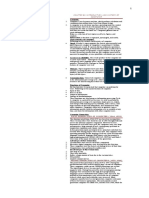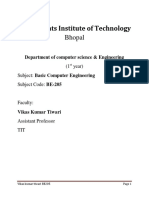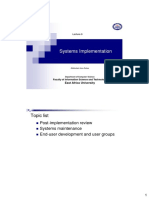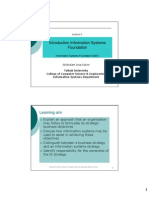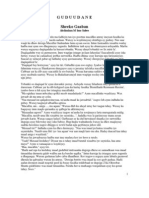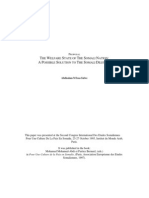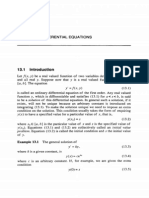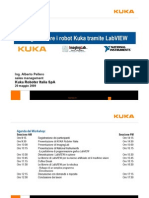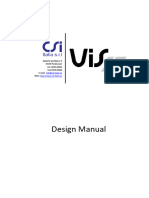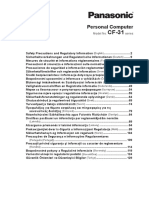0% found this document useful (0 votes)
147 views12 pagesComputer Generations Overview
This document discusses the five generations of computers from the 1940s to present. It describes each generation's time period, key hardware technology used (vacuum tubes, transistors, integrated circuits, VLSI, ULSI), typical software and programming languages, and characteristics compared to previous generations. Each generation brought improvements in size, cost, speed, reliability and capabilities of computers. The generations progressed from specialized mainframe computers to personal computers and advanced artificial intelligence.
Uploaded by
binsalweCopyright
© © All Rights Reserved
We take content rights seriously. If you suspect this is your content, claim it here.
Available Formats
Download as PDF, TXT or read online on Scribd
0% found this document useful (0 votes)
147 views12 pagesComputer Generations Overview
This document discusses the five generations of computers from the 1940s to present. It describes each generation's time period, key hardware technology used (vacuum tubes, transistors, integrated circuits, VLSI, ULSI), typical software and programming languages, and characteristics compared to previous generations. Each generation brought improvements in size, cost, speed, reliability and capabilities of computers. The generations progressed from specialized mainframe computers to personal computers and advanced artificial intelligence.
Uploaded by
binsalweCopyright
© © All Rights Reserved
We take content rights seriously. If you suspect this is your content, claim it here.
Available Formats
Download as PDF, TXT or read online on Scribd
/ 12











